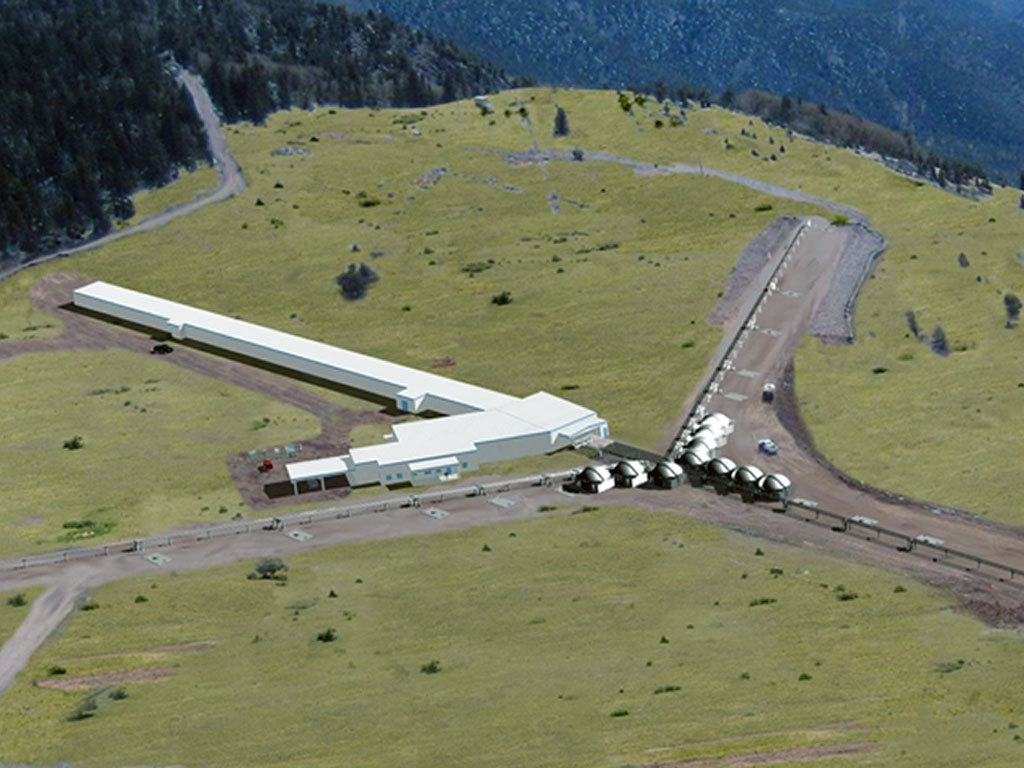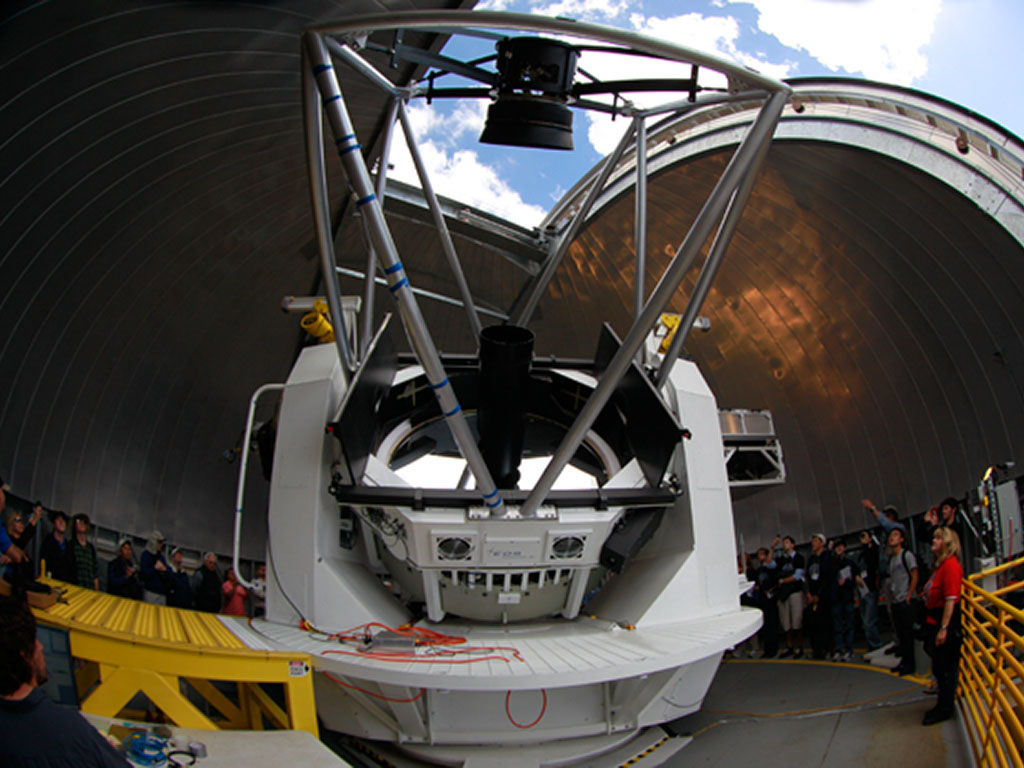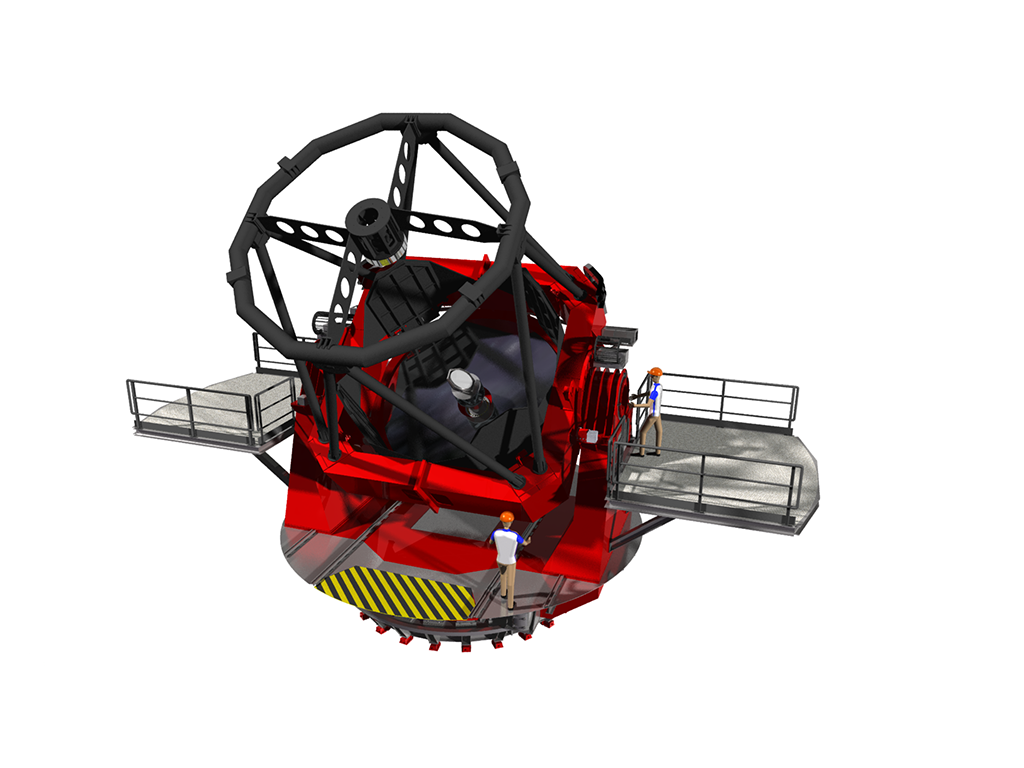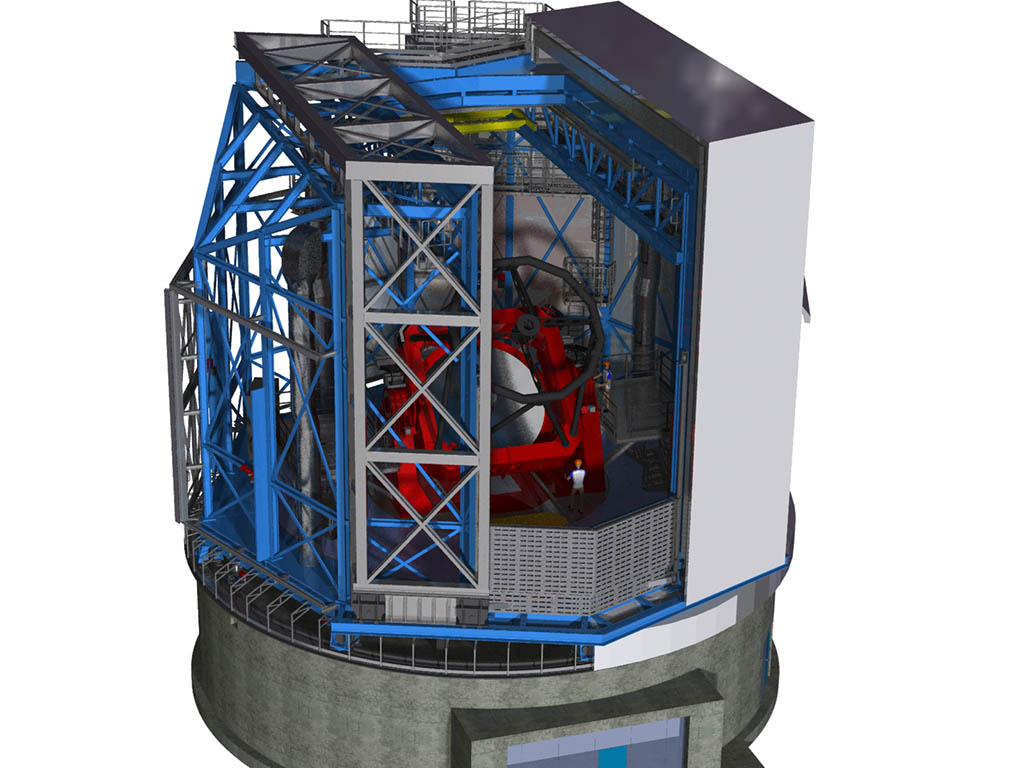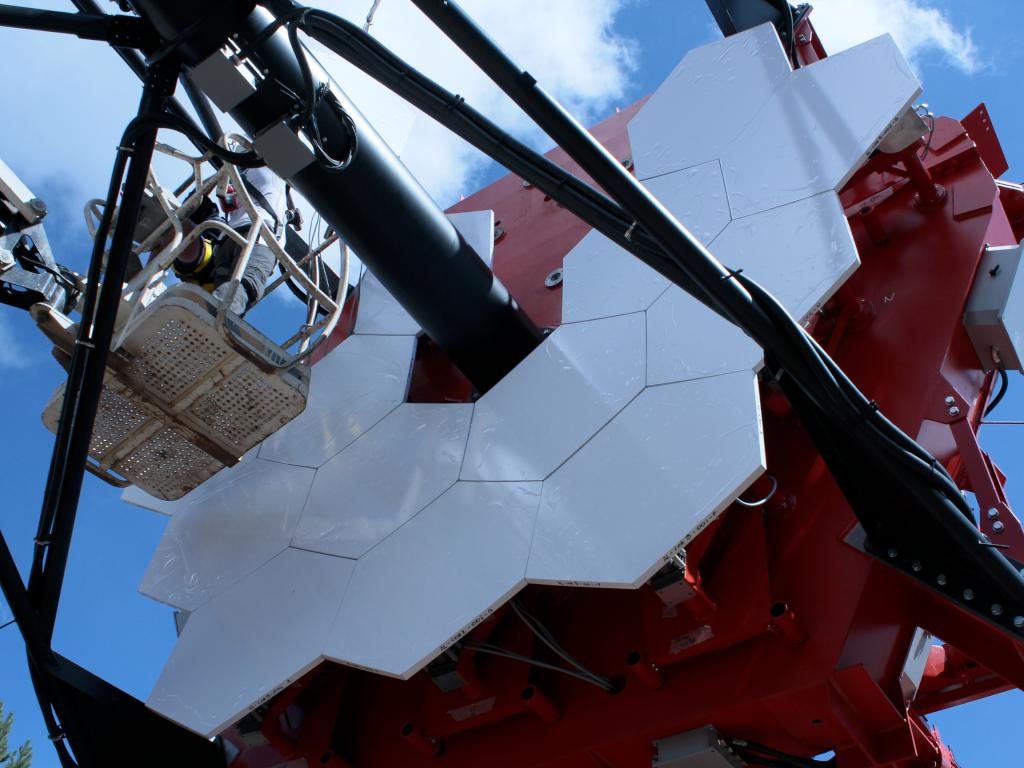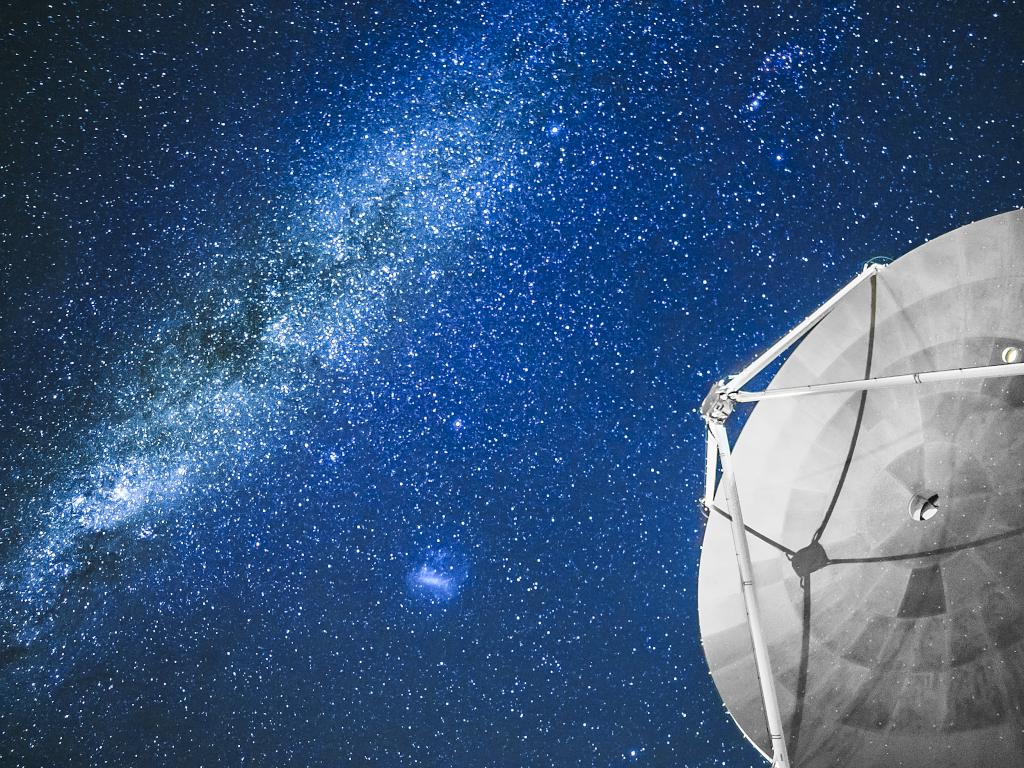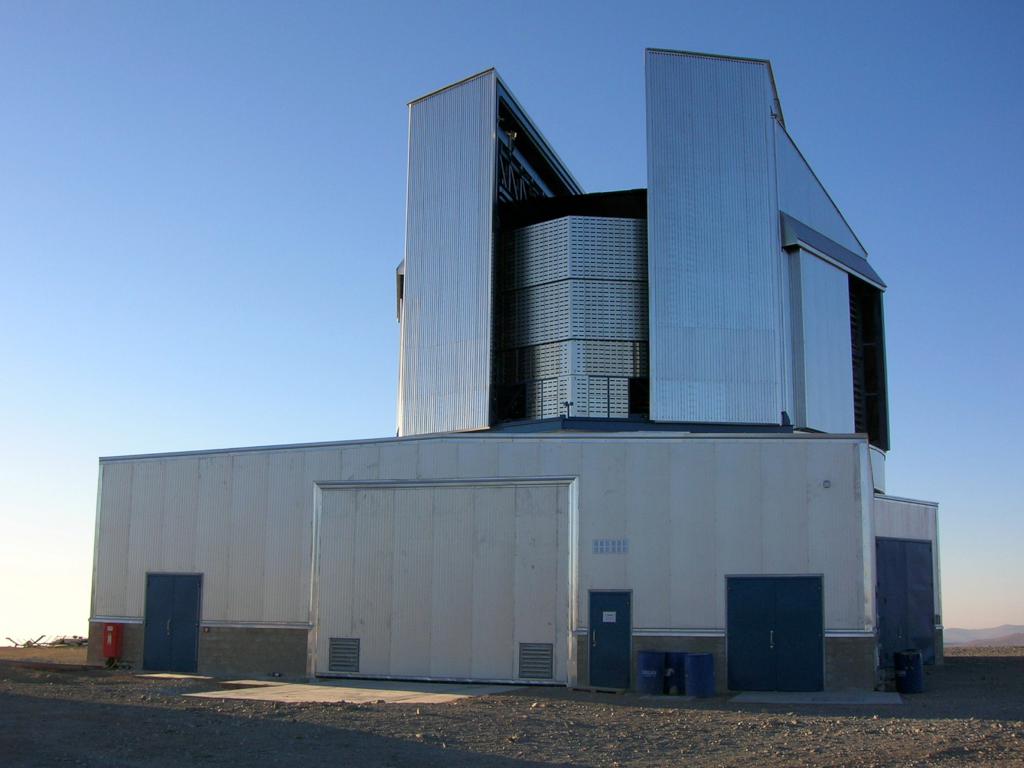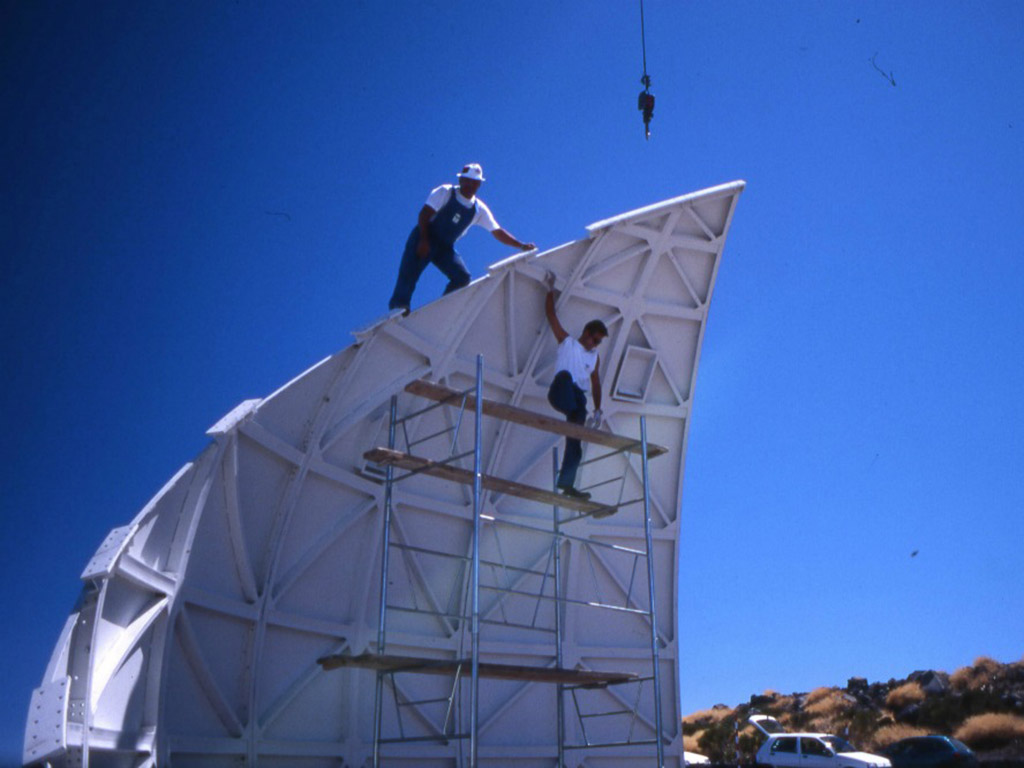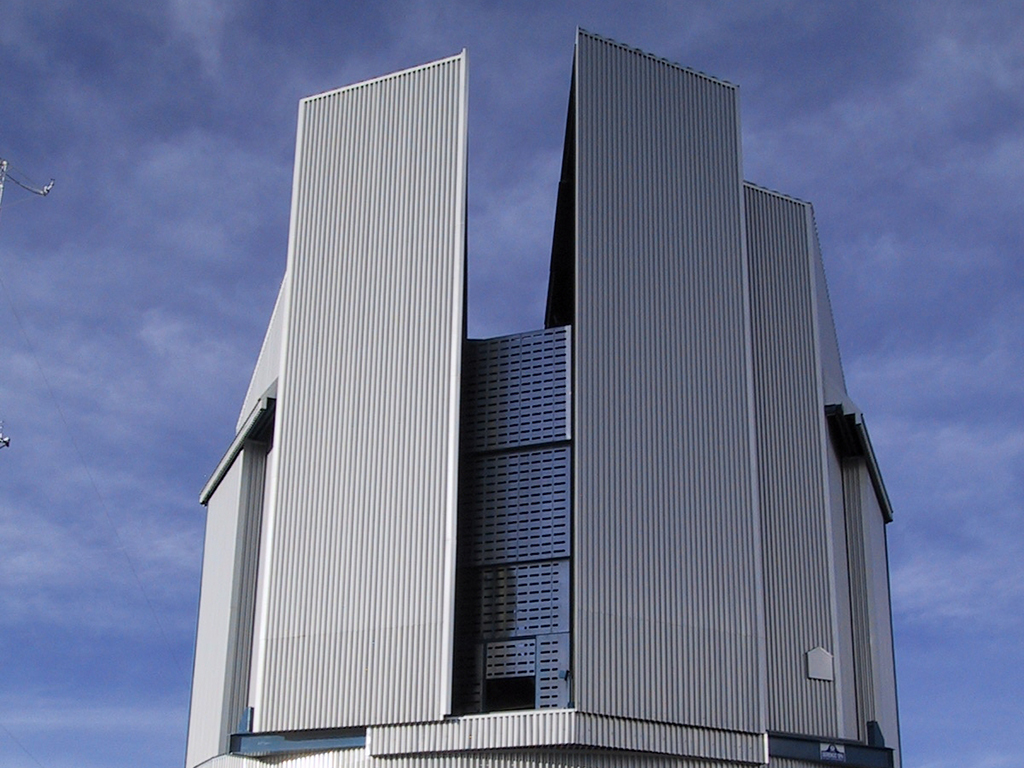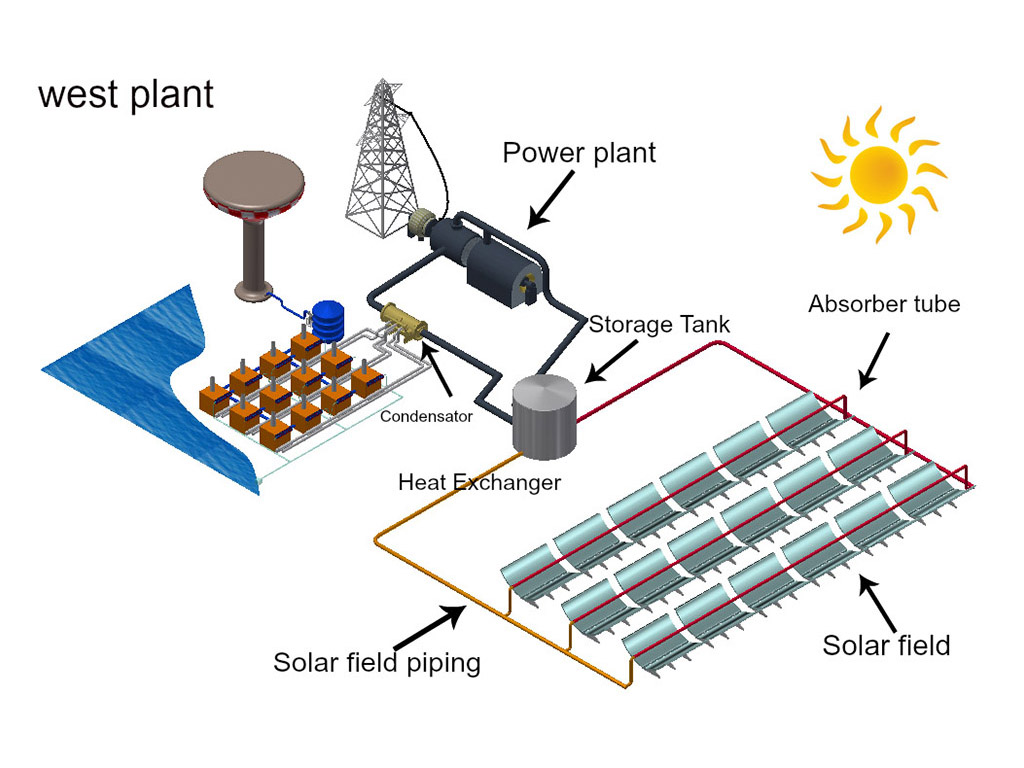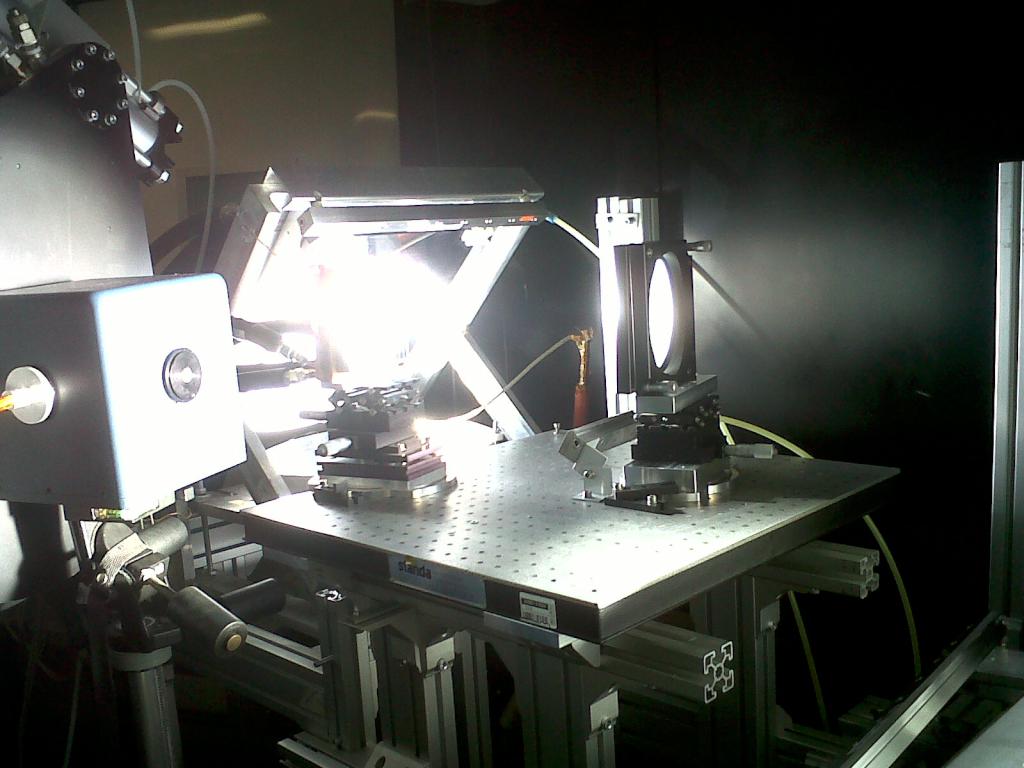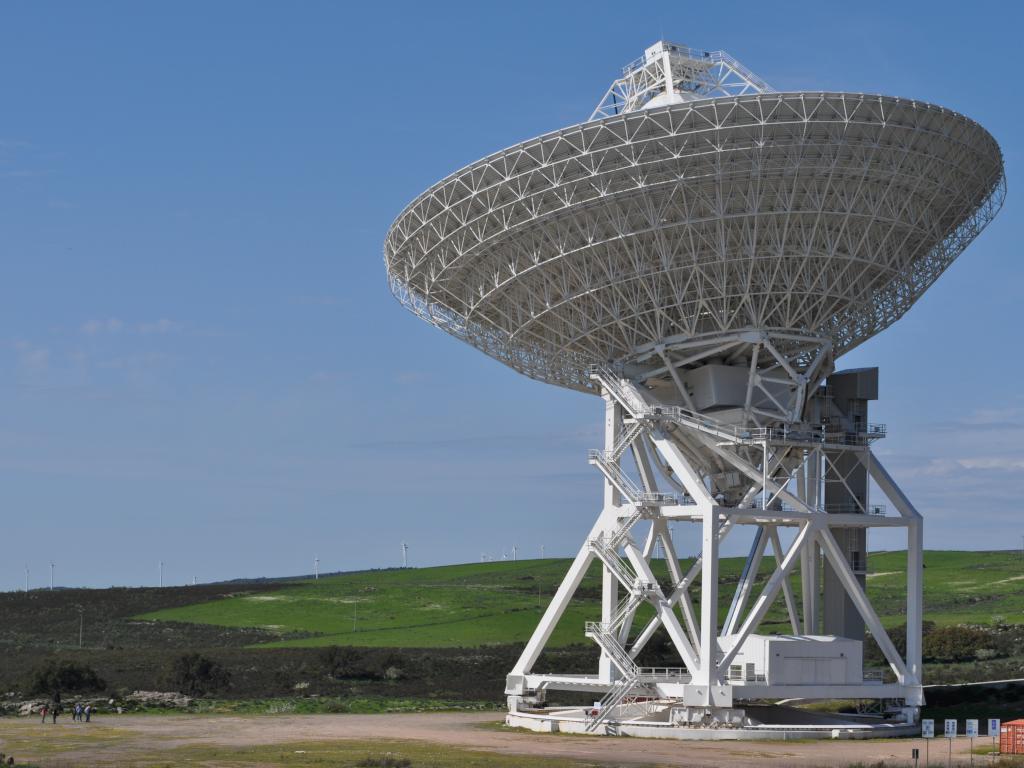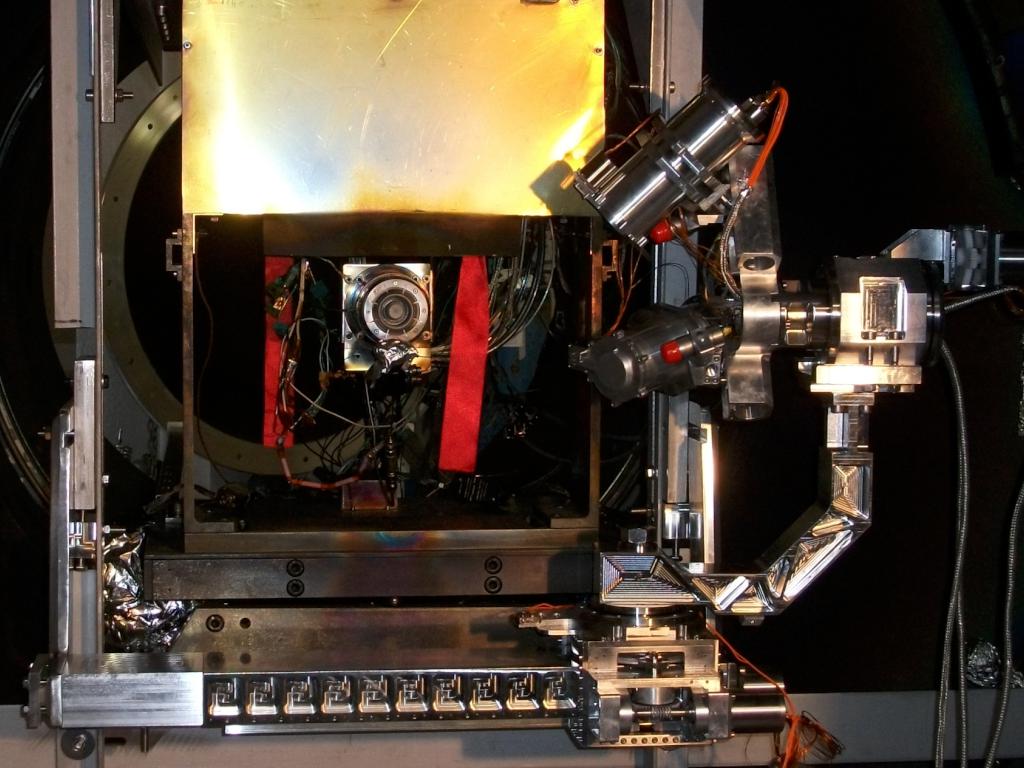MROI -Magadalena Ridge Observatory Interferometer
Site: New Mexico, Magdalena Mountains, Cibola National Forest, Socorro County USA
State: Under Construction
Activity:
Detail Design, Manufacturing, Pre-Assembly in Europe, Packing &Transport, Erection on Site, Commissioning and Testing of 10 Enclosures
Date: 2015-2018
Client: New Mexico Institute of Mining and Technology (NMT)
Category: astronomy
Credits: New Mexico Tech/EIE GROUP
General Presentation
The Magdalena Ridge Observatory (MRO) is an astronomical observatory focused on both research and education, located in the Socorro province, on the Magdalena Mountains in New Mexico. It is the result of a scientific collaboration between the New Mexico Institute of Mining and Technology (New Mexico Tech – NMT) and the Cavendish Astrophysics Group at the University of Cambridge.
EIE GROUP's contribution to the MROI project and the UTE main characteristics:
EIE commitment to the MROI project dates back to 2008, when EIE was asked to perform a Detailed Design of the second major facility composing the observatory, which is a ten-element optical/ifrared interferometer. The MROI will have an optical array of ten relocatable 1.4m telescopes arranged in a "Y" configuration.
Each of these telescopes will be housed inside a Unit Telscope Enclosure (UTE), which can be lifted and moved onto any of the 28 planned stations, by means of a dedicated relocation system.
The lower part of the UTE will be a rectangular-shaped steel structure, strong enough to support the weight of the telescope mount during relocation. The external covering will be made of weather-tight and thermal-insulating sandwich panels.
The Shutter and the Dome will be independent mechanisms. During observations the Shutter will flip over the Dome so to expose the observing aperture, and their combined motion allows to cover the complete telescope observing range. This solution will drammaticaly simplify the Dome System, which, deprived of all the auxiliary systems and mechanisms, will become a simple rotating cover.
Both the Dome and the Shutter will be self-supporting composite structures (GFRP for the first one, CFRP for the second one).
These materials will guarantee adequate thermal and environmental protection, compactness, structural stability and limited power consumption due to reduced mass, marking out the MROI UTEs from the other more conventional enclosures.
Science with MROI:
The objective of the observatory is to support:
Astronomy: planet and star formation, stellar accretion and mass loss, active galactic nuclei; Optical and near-infrared radiation; Space situational awareness, including imaging of the Geosynchronous Satellites (GEOS), both commercial and military; Education and Research. The MRO array will stimulate a single-telescope parabola by operating at wavelengths between 0.6 and 2.5 micron, with a baseline which can reach dimensions between 7.8 and 340m in diameter. Lastly, the MROI will comprise of ten 1.4m optically connected telescopes in order to make the images of the astronomical objects even more detailed than the current ones. With the aid of interferometry, MROI will be able to capture pictures of celestial objects with a resolution 100 times better than that of the Hubble Space Telescope, and it will catch complex astronomical objects way faster than all other existing interferometric arrays.
Link to MROI web page
MROI
